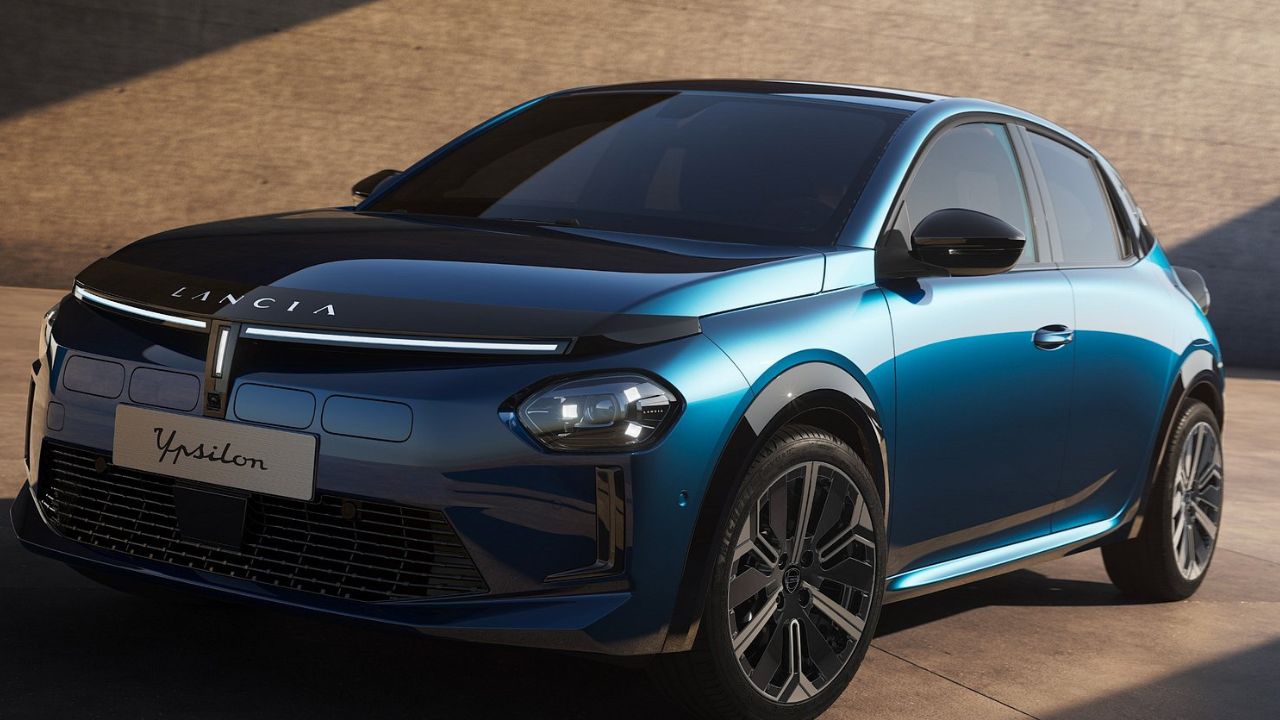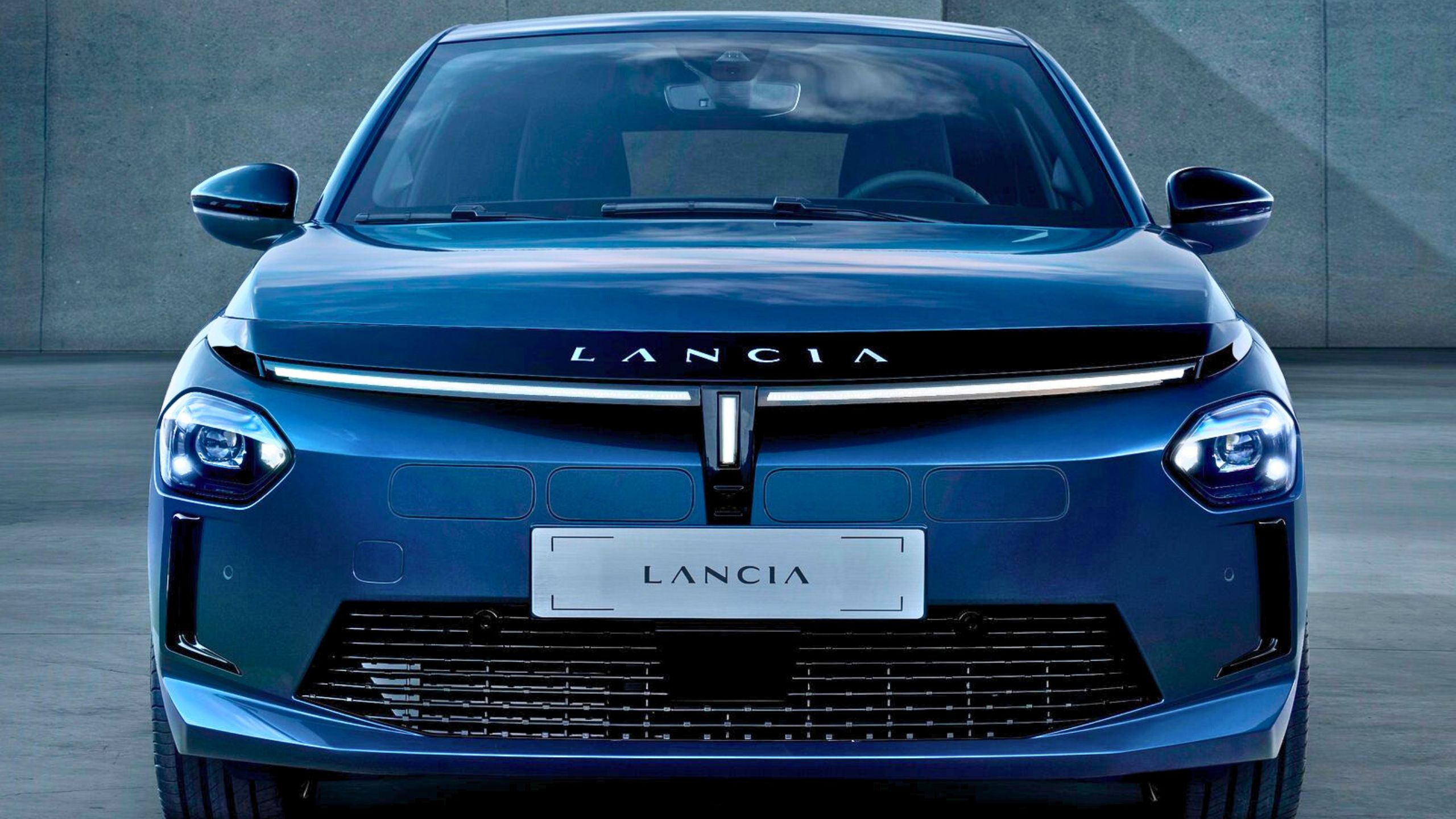Lancia has recently unveiled the new Ypsilon electric hatchback, just 10 days following the preview of the Edizione Limitata Cassina launch edition. Boasting elegant styling, an efficient electric drivetrain, and compact dimensions, the revitalized Ypsilon marks the beginning of Lancia’s resurgence.
Despite sharing its platform with various other Stellantis vehicles, does the petite Lancia possess the qualities necessary to distinguish itself in a segment brimming with competition? And does it uphold the esteemed Lancia emblem? Let’s delve deeper.

The new Ypsilon operates solely on electric power. Its electric motor delivers 154 horsepower and 192 lb-ft of torque, comparable to the new Fiat 600e electric crossover.
Fueled by a 51 kWh battery, it offers a range of 250 miles on a single charge, according to WLTP estimates. Charging from 20-80% takes just 24 minutes, with 62 miles of range attainable after only 10 minutes of charging.
While Lancia hasn’t disclosed acceleration figures or the top speed, the Ypsilon’s curb weight is listed at 3,492 lbs, relatively heavy for a compact car. This could hint at the potential for a performance-oriented model in the future, utilizing the electric drivetrain from the sporty Abarth 600e.
Aesthetically, the Ypsilon surpasses rivals like the Vauxhall/Opel Corsa-e. With its refined appearance and tasteful details exuding an air of sophistication, it presents itself as a classy hatchback. This marks the first adoption of the Pu+Ra design cues by Lancia, previously showcased on the HPE Concept.

The gentle lines pay homage to classics like the Aurelia and Flaminia, while subtle elements nod to sportier models such as the Delta and Stratos, notably seen in the round LED taillights.
The glossy black front end pays tribute to the Montecarlo (Scorpion in the US). However, Lancia has forsaken its iconic shield logo in favor of a new font inspired by Italian fashion brands.
Internally, the new Ypsilon boasts the latest technologies and luxurious features. Centered around the new SALA interface, controlling the infotainment, air conditioning, and lighting systems, it offers Apple CarPlay, Android Auto, Bluetooth connectivity, and a wireless charger as standard.
Most functions are managed via a 10.25-inch digital instrument touchscreen. The Ypsilon offers power-adjustable seats with heating and massage functions, a rarity in its class.
Lancia claims the Ypsilon is the sole vehicle in its segment to provide Level 2 self-driving technology, operable between 18.6 and 93.2 mph, including Adaptive Cruise Control, Lane Centering, and Traffic Jam Assist.
The launch edition, Edizione Limitata Cassina, will debut initially. Limited to 1,906 units, this special version combines Ypsilon’s style with the design elements, colors, and materials synonymous with Cassina, a prestigious Italian furniture brand.

Internally, the limited edition boasts seats adorned with recycled materials. The plush seat surfaces, in a luxurious blue hue, are double-stitched with 100% recycled yarn, while the seat structure is crafted from recycled PVC.
The same elegant blue shade extends to the dashboard and door panels, enhancing the interior’s premium ambiance.
After several years, Lancia will reintroduce itself to the European market, expanding beyond Italy, where its cars have been exclusively sold in recent times. In the first half of 2024, Lancia plans to launch 70 new dealerships across major markets, including Belgium, the Netherlands, France, and Spain, with Germany to follow in 2025.
Lancia expresses confidence in the appeal of its authentically Italian product in these markets, where there’s a profound admiration for Italian design. There’s no confirmation regarding Lancia’s return to the United States.
However, if it does, it’s unlikely to be with the compact Ypsilon. Americans typically favor larger and more luxurious models, suggesting future Lancias might cater to this preference. For now, US-based consumers seeking the charm of a small Italian commuter must settle for the Fiat 500e.

